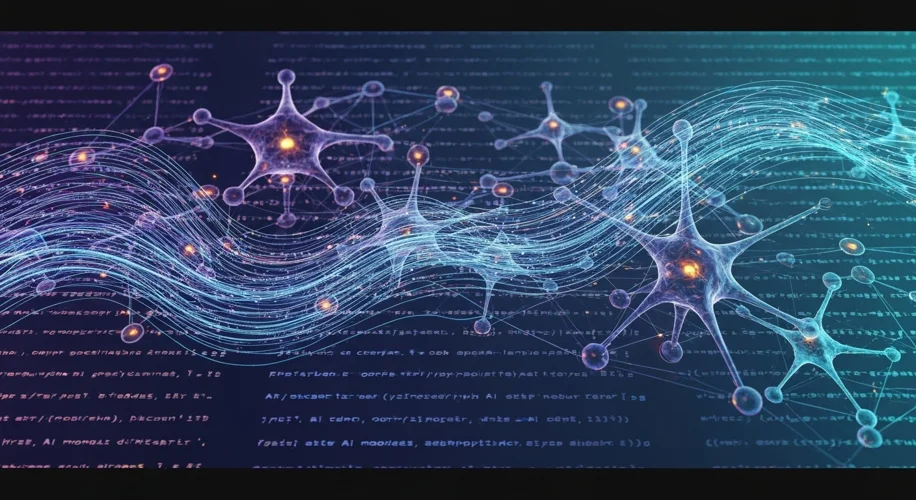It’s been an interesting week in the world of artificial intelligence. xAI, Elon Musk’s AI company, has open-sourced its Grok-2 model. This is a significant development, and it’s worth digging into what it means for the field.
For those not deeply immersed in AI jargon, think of models like Grok-2 as the engines behind sophisticated chatbots and AI assistants. They are trained on vast amounts of data and can generate human-like text, answer questions, and even write code. The “open-sourcing” aspect means that the underlying code and architecture are made publicly available. Anyone can inspect it, use it, and even build upon it.
Why does this matter? Well, historically, cutting-edge AI models have often been proprietary, meaning they were closely guarded secrets by the companies that developed them. This new move by xAI changes that dynamic. It invites collaboration and accelerates progress in a way that closed systems often can’t.
From my perspective, having spent decades in the software industry, open-sourcing is a powerful catalyst. It fosters innovation because a much larger community of developers and researchers can experiment, identify potential issues, and contribute improvements. We’ve seen this play out repeatedly with other technologies, from operating systems to web browsers. Access to the inner workings allows for faster iteration and a more robust final product.
What are the implications for AI development? Firstly, it democratizes access. Smaller companies, independent researchers, and even hobbyists can now potentially leverage advanced AI capabilities without needing the massive resources typically required to build such models from scratch. This could lead to a more diverse range of AI applications emerging from unexpected places.
Secondly, it sparks competition. When powerful tools are readily available, it levels the playing field. Companies that previously relied on exclusive access to proprietary models will need to innovate even faster to stay ahead. This competitive pressure often benefits consumers and end-users through better products and services.
However, it also brings challenges. Open-sourcing powerful AI models raises important questions about safety, misuse, and ethical deployment. It’s crucial to consider how to ensure these powerful tools are used responsibly. As with any powerful technology, there’s a need for ongoing discussion about guardrails and best practices to mitigate potential harms.
The AI landscape is evolving at an astonishing pace. xAI’s decision to open-source Grok-2 is a notable chapter in this ongoing story. It highlights the tension between proprietary control and the collaborative spirit that drives technological advancement. It will be fascinating to watch how the broader AI community engages with Grok-2 and what new avenues of research and application emerge from this open approach.

